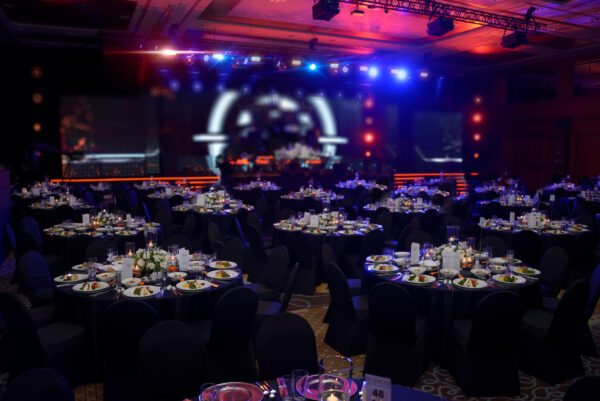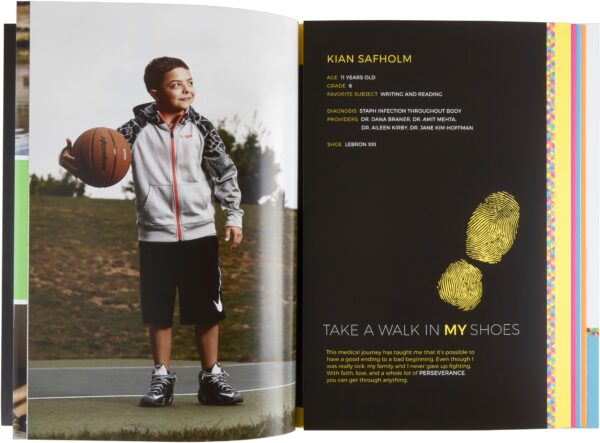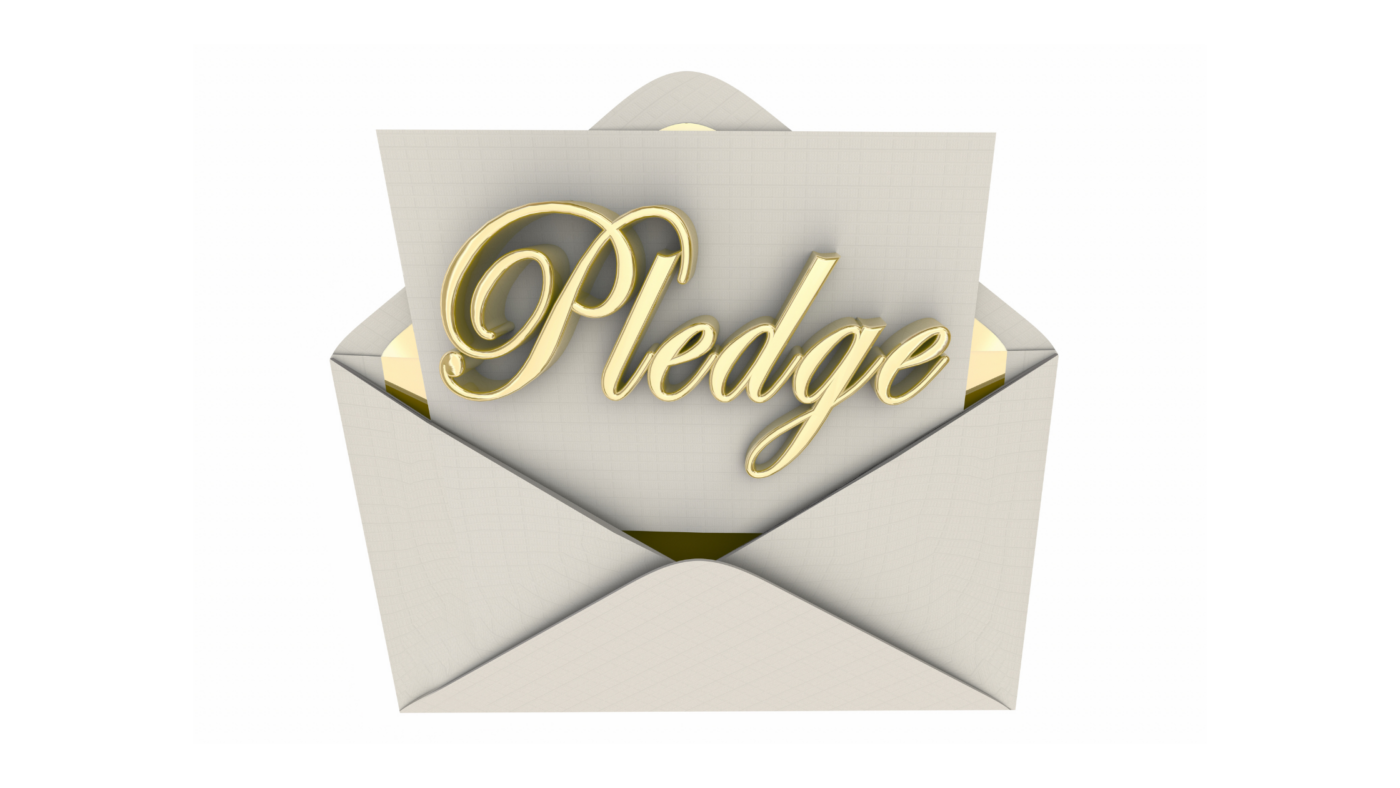With the reemergence of in-person programs, fundraisers and events, nonprofits will benefit from a strong investment in multichannel marketing, branding, and engagement.
Nonprofits have done a beautiful job “showing resiliency” and supporting their communities throughout the pandemic, according to a two-phase study from the University of Washington measuring support for and from the nonprofit sector over the last two years.
2020 was precarious for many nonprofits, and they squeaked by with the aid of government programs. Last year the sector was stronger, but many shut down programs or rolled programming online to save money.
With the reemergence of in-person programs, fundraisers and events, nonprofits will benefit from a well-thought-out investment in multichannel marketing, branding, and engagement.
As you plan your fall galas, keep these strategies in mind:
Before the event, use data-driven direct mail for 2x impact.
Most people who come to your fundraiser already know your organization. They may have donated in the past, attended an event, used your services, or been invited by a friend. Find ways to make it easy for them to engage personally.
Using a simple QR code, you can send people to the website to register or donate immediately. With variable data direct mail, you can target attendees and new audiences of every affiliation—inside or outside the envelope. Try these ideas:
- With previous donors, appreciate their most recent donations and ask for an increase or a one-time gift at the upcoming gala.
- With previous event attendees, include a photo of prior events and a reminder of how much it meant to the beneficiaries.
- For those first-time attendees, coming at the invitation of a friend or colleague, welcome them to the community with a special gift or offer, or one free raffle ticket or drink ticket.
- When inviting those who have used your services, remind them what a special part of the community they are, and invite their input and feedback.

During the event, the writing is on the wall.
At an in-person fundraiser, signage is a powerful way to communicate. Use clear, highly visible branded signs at every opportunity.
- Directional signage. During the pandemic, we got used to being told where to go, stand, and move. Event planners can use signs to direct people through a multi-faceted event at a pace that works for everyone. Consider floor signage, wall posters, and stand banners to drive traffic through auctions, vendors, information booths, raffles, performances, food and beverage areas, and sanitizing stations. Use them to create sufficient space for people who want to continue social distancing. In addition, you can create directional information for your expanded and diverse populations – to ADA accessible ramps, elevators, translators, and more.
- Storytelling. Every nonprofit has a story to tell—usually a multitude of stories. Dramatic wall graphics, banners, and large format backdrops are an impactful way to share images of the people making a difference and benefiting from the services you provide. You can also tell your story in a big way through statistics, funds raised, and goals to meet.
- Event books and programs. Bound event books and programs can honor attendees, presenters, beneficiaries, and advertisers alike. They can be print keepsakes and connected to online flipbooks and other resources.

After the event, appreciate and connect.
Who doesn’t love a good old-fashioned thank you card? The number one reason donors stop giving after an initial gift is that they didn’t receive a personalized thank you. Hand-written is even better. May we suggest some ways to double repeat donors?
- Work with a reputable printer to create thank you or even branded, blank cards showcasing your organization’s identity. Send them out with hand-written notes in personalized envelopes.
- Print a QR code on the card that you can direct to the latest online gallery, event invitation, donation page, or volunteer opportunity. Remember, it can be refreshed anytime, so your printed QR code never goes out of date.
- In the card, ask for feedback. Include a simple link to an online survey, or invite them to call or text you (on the phone!) directly and offer your thoughts about the event. The more attendees and donors feel valued, the more likely they’ll be back.
Enjoy the rebirth of in-person events, fundraisers, and networking breakfasts. And remember to show your stakeholders just how much you’ve missed them.

